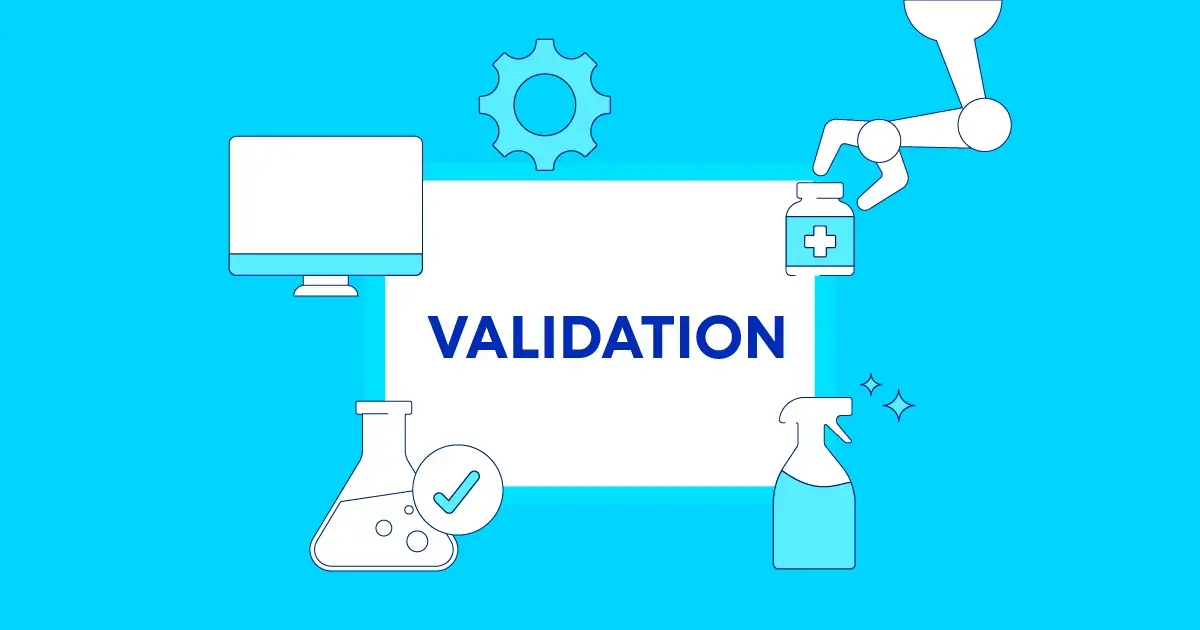The annual product quality review (APQR) is one of the most important yearly evaluations of a pharmaceutical product’s quality, ensuring manufacturing consistency and identifying potential process improvements. But more than that, it is a regulatory mandate.
In the United States, the FDA requires manufacturers to conduct an annual review of drug product quality to determine whether changes are warranted in product specifications, manufacturing processes, or control procedures (U.S. Food and Drug Administration, 2024).
Although the European Medicines Agency (EMA) does not explicitly use the terms “annual” or “APQR,” the practice of performing a yearly product quality review is widely adopted across the EU regulatory framework. Its frequency may be adjusted based on product complexity, manufacturing volume, and historical process performance. However, as a general rule, a review should be conducted at least annually to ensure continued product quality and compliance (European Commission, 2013).
Across the International Council for Harmonisation (ICH) and related guidance — ICH Q7 (International Conference on Harmonisation, 2000), ICH Q10 (International Council for Harmonisation, 2008), and PIC/S PI 009-17 Part I (Pharmaceutical Inspection Co-operation Scheme [PIC/S], 2023) — the APQR is treated as a core element of the pharmaceutical quality system. While not always explicitly labeled as “APQR,” the concept aligns with the product quality review principles in these documents, which emphasize ongoing verification of a state of control.
From a technical and scientific standpoint, APQRs are conducted annually to:
- Assess the validation state: The APQR contributes to assessing the validation state of a commercial product.
- Implement continuous improvement: Performing an APQR requires a systematic review of manufacturing processes, test results, and deviations. This process allows for the identification of improvement areas and the implementation of corrective and preventive actions (CAPAs) to continually enhance product quality.
- Manage risks: The APQR helps identify potential risks associated with product quality, manufacturing processes, and supply chain activities.
- Manage the product lifecycle: The APQR requires monitoring trends regarding quality metrics, stability data, and adverse events to assess process performance and product quality throughout the lifecycle.
- Perform regulatory reporting: The execution of an APQR serves as a basis for reporting product quality information to regulatory authorities during inspections.
- Guarantee regulatory compliance: As noted earlier, the APQR is a regulatory requirement mandated by agencies such as the FDA and EMA.
By conducting annual reviews, pharmaceutical manufacturers ensure consistent process performance and product quality. When issues arise, these reviews provide a basis for taking proactive measures that mitigate the likelihood of future product recalls and regulatory sanctions.
Pitfalls in APQR Processes
The APQR plays a vital role in ensuring the quality, safety, and efficacy of pharmaceutical products, as well as maintaining regulatory compliance, managing risks, and fostering stakeholder confidence. However, because it is a cross-functional effort, it can present several challenges, such as:
- Inadequate data collection: The most common pitfall is the failure to collect comprehensive and accurate data due to incomplete or missing data or inconsistent data sources.
- Relying on manual processes: Preparing reports and analyzing data with manual, file-based systems (e.g., Excel) makes trend analysis difficult and error-prone, increasing the risk of overlooking important patterns that may signal underlying quality issues. It is also inefficient, as it consumes significant time and staff resources.
- Failure to identify deviations: Without robust trend analysis, emerging deviations are easy to miss, increasing quality risks. This also hampers the identification of root causes and delays effective CAPAs.
- Incomplete documentation: Thorough documentation of APQR findings, conclusions, and actions is essential for regulatory compliance and continuous improvement. However, when information is scattered across multiple systems, spreadsheets, and paper records, it becomes harder to assemble a complete picture of what is available or missing for product quality reviews, compromising data integrity.
How to Optimize Your APQRs
The key to avoiding the pitfalls of APQRs is to reduce the manual and paper-based tasks associated with APQR. This can be achieved by utilizing a digital system that consolidates APQR data from various sources, enables process monitoring, and generates real-time reporting.
Digital tools like ValGenesis iCPV™ automate process monitoring — while analyzing, comparing, and managing the lifecycle data of manufacturing processes — and continued process verification (CPV) reporting, an essential component of the APQR data package.
Automated Monitoring
One of the main sections of an APQR is the review of process and product performance trends, including critical process parameters (CPPs) and critical quality attributes (CQAs) monitored in near- or real time during manufacturing.
ValGenesis iCPV™ aggregates information from multiple data sources, provides real-time batch visibility across variables, and enables rapid correlation between process parameters and quality attributes. This overcomes inefficient data capture by making it continuous rather than periodic. With reliable, continuous data, manufacturers can detect deviations earlier and act faster to minimize the impact on product quality.
Advanced Analytics
ValGenesis iCPV™ consolidates data aggregation, eliminating scattered files and delivering a centralized, end-to-end view that powers continuous process improvement, root cause analysis, and CAPA effectiveness..
Centralizing process and product data in a single platform enables iCPV to perform real-time monitoring and trend analysis, as well as apply statistical and multivariate techniques to complex datasets. This comprehensive toolset supports the identification of correlations, trends, and patterns, improving process understanding and control.
Rather than a one-time activity, this is a lifecycle approach. Knowledge gained from advanced analytics supports process optimization and the identification of quality improvements — all of which are documented in the APQR.
Enhanced Documentation
ValGenesis iCPV™ generates audit-ready reports and data analytics suitable for integration into APQR documentation. The configurable, fully automated report consolidates evidence of process performance, deviations, corrective actions, and other information required for regulatory compliance.
The key benefit is reducing errors while facilitating regulatory compliance. With comprehensive, well-documented data from iCPV’s monitoring and analytical capabilities, manufacturers can streamline APQR preparation and demonstrate compliance. This proactive, data-driven approach aligns with regulatory expectations and supports stronger inspection and audit outcomes.
ValGenesis iCPV™ Is the Best Tool to Support APQRs
ValGenesis iCPV™ enables users to gather real-time data, detect issues early, analyze effectively, improve process understanding, document findings comprehensively, and ensure regulatory compliance — all essential to performing a thorough and effective APQR.
Adopting a digital platform is a step forward in building comprehensive reviews of historical data to assess long-term process performance and identify opportunities for improvement. Learn more about ValGenesis iCPV.
Pharma Innovator Leverages Digital CPV to Boost Statistical Control and Cut Reporting Time from Two Weeks to Three Days
Laboratório Teuto transformed its CPV process with ValGenesis Process Insight, cutting reporting time from two weeks to three days, reducing CPV team size from 16 to 5, and enabling real-time monitoring for greater efficiency, compliance, and data integrity.
Digital CPV
References
European Commission. (2013). EudraLex Volume 4, Chapter 1: Pharmaceutical Quality System. The Rules Governing Medicinal Products in the European Union. Retrieved from https://health.ec.europa.eu/document/download/e458c423-f564-4171-b344-030a461c567f_en?filename=vol4-chap1_2013-01_en.pdf
International Conference on Harmonisation. (2000). ICH Q7A: Good Manufacturing Practice Guidance for Active Pharmaceutical Ingredients. Retrieved from https://www.ich.org/page/quality-guidelines
International Council for Harmonisation. (2008). ICH Q10: Pharmaceutical Quality System. Retrieved from https://database.ich.org/sites/default/files/Q10_Guideline.pdf
Pharmaceutical Inspection Co-operation Scheme (PIC/S). (2023). PI 009-17 Part I: Guide to Good Manufacturing Practice for Medicinal Products. Retrieved from https://picscheme.org/docview/6606
U.S. Food and Drug Administration. (2024). Code of Federal Regulations Title 21, Part 211: Current Good Manufacturing Practice for Finished Pharmaceuticals. Retrieved from https://www.ecfr.gov/current/title-21/chapter-I/subchapter-C/part-211



